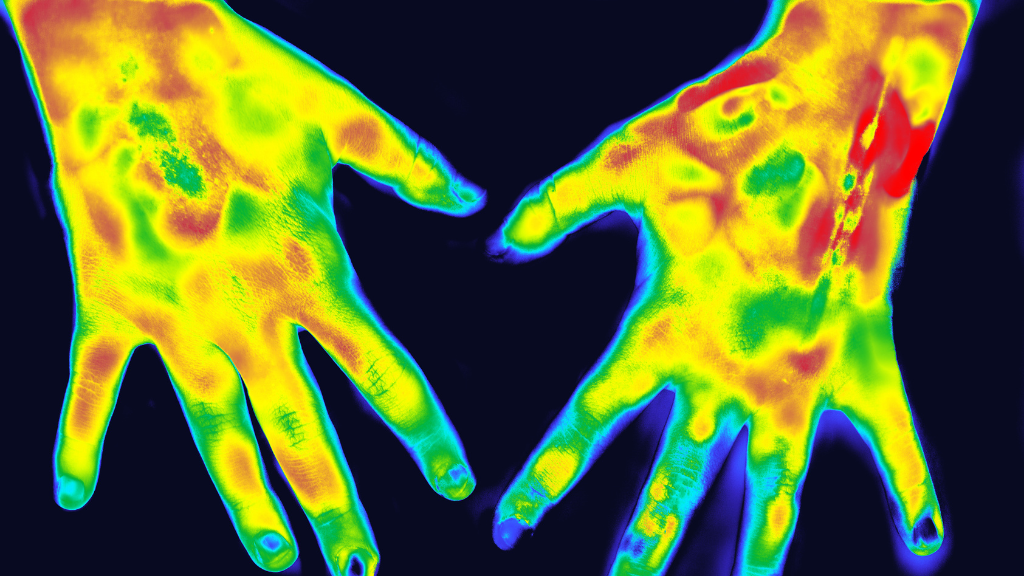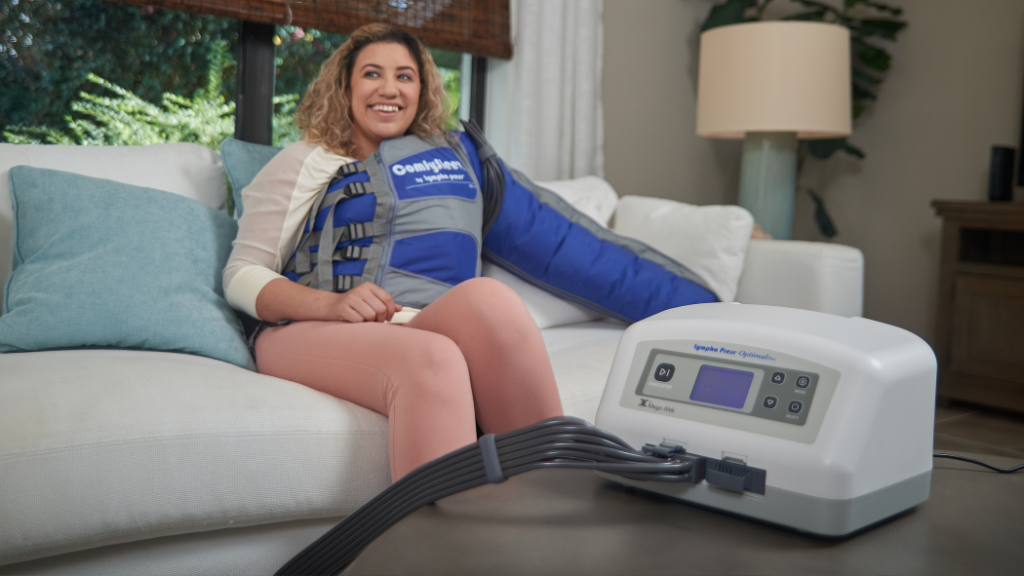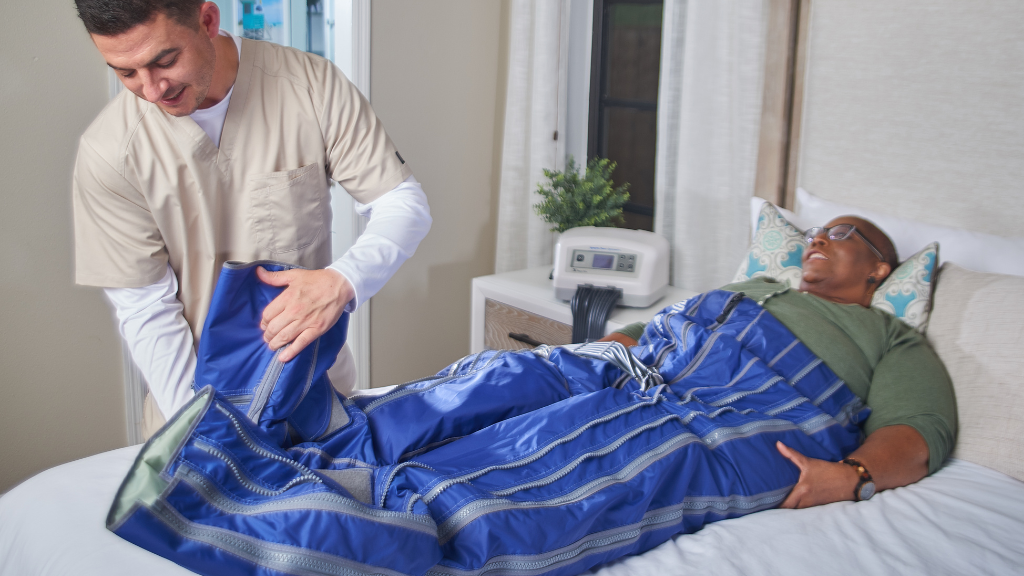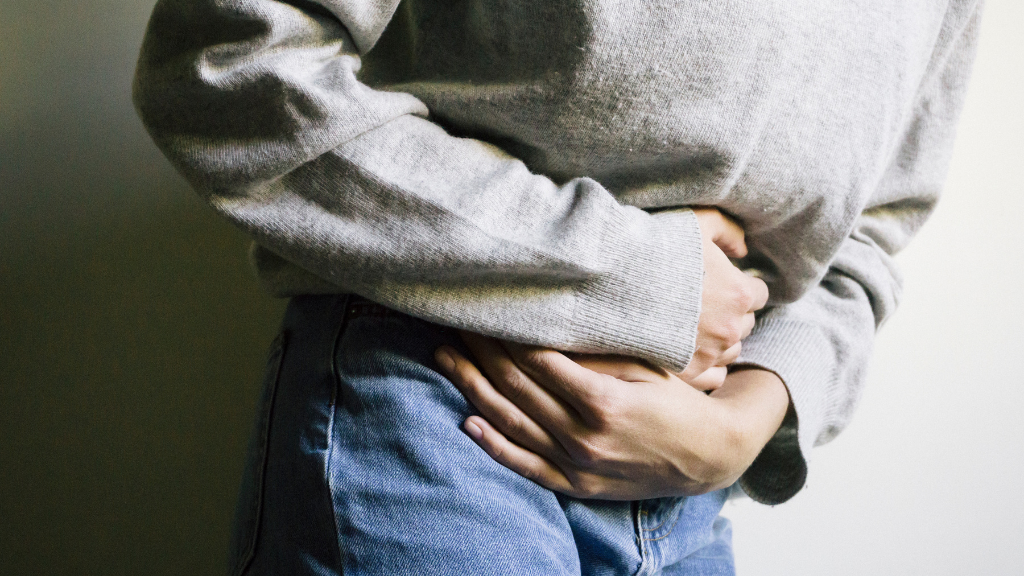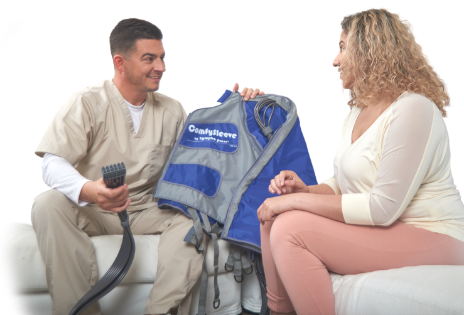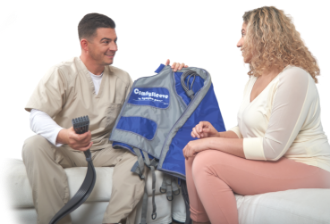By Kathleen Lisson, CLT, board-certified massage therapist
Editor’s note: This article is based on a webinar about the same topic. Access this webinar and watch more videos from the Lympha Press Education Series on YouTube.
This is an 18-minute read.
Adverse childhood experiences (ACEs) are traumatic events that occur in childhood and can result in toxic stress. When the body’s stress response stays activated over a long period, inflammation and hormone disruption may occur.
As human beings, we experience various types of stress. One that’s extremely well-researched is abuse. This includes physical, emotional, and sexual abuse, as well as physical and emotional neglect. Childhood stressors can also include domestic violence, addiction or substance abuse in the household, mental illness, divorce, or the incarceration of a member of the household.
You may be wondering: What’s the difference between people who have ACEs and have flourished versus those who are suffering from symptoms and illnesses in adulthood? The difference has to do with protective factors like having supportive adults, maintaining a feeling of control over the events, and having tools to handle the experiences.
Types of Stress and Stress Responses
Not all stress is negative. Positive stress situations allow us to learn and grow. This is the type of stress a child has before an important test or game. They’re practicing something new, and as a result, they have a normal and positive stress response that’s essential for their growth and development.
A positive stress response is short-lived and mild. It doesn’t happen all day, everyday. Ideally, a child experiencing positive stress is receiving support through the stressful event from their parents, coaches, teammates, classmates, teachers, and other people in their lives. They feel that they have someone in their corner cheering them on. In this way, positive stress leads to motivation and resilience.
What about a tolerable stress response? Stress chemicals are secreted during the stressful period, then they return to a baseline level afterward. The situation is more intense than in a positive stress event, but the stress is mitigated by a support system. Stress is present, but then it subsides, and the body returns to a calm state. This is tolerable stress.
A toxic stress response occurs when there is a severe, frequent, or sustained stressor. Children can cope with tolerable stress when they’re protected by responsive relationships and have strong social and emotional support. Children can make it through very difficult things in their lives and bounce forward when they have strong and responsive relationships.
However, when there is an ongoing toxic stress response, there’s a risk of unrelenting biochemical responses that can impact the brain architecture. Instead of encountering tolerable stress that returns to the baseline afterward, the stress response remains on and causes difficulty throughout the child’s growing body and brain.
This is what children are experiencing when they have adverse childhood experiences that are unmitigated by an adult support system. There exists a prolonged activation of the stress response coupled with a lack of support and reassurance, which causes an increased vulnerability to maladaptive health outcomes.
Childhood Experiences Connect to Disease in Adulthood
Lymphedema therapists help people with chronic illness. Self-care is critical to maintaining a high quality of life for our clients. Could a history of unresolved childhood or adult trauma play a part in a client’s resistance to forming and maintaining a consistent self-care routine?
We are not our client’s mental health therapist, but there is value in the client considering the impact of their life experiences on their present health. What happened in the past few years to raise their overall stress level? What happened long before that when our clients were first forming their beliefs about self-efficacy and self-worth? What happened to them as a child that may be contributing to a lifetime of elevated stress response? Is there value in becoming aware that their ingrained habits and beliefs—what kept them safe as a child—may be working against them as an adult?
What do we know about the eventual effects of childhood trauma? The Journal of the American Medical Association’s JAMA Neurology is a monthly, peer-reviewed medical journal. It reports that ACEs are associated in a dose-dependent way with more than 60 mental and physical health outcomes and causes of premature death, including heart disease, cancer, unintentional injuries, stroke, chronic lower respiratory disease, diabetes, kidney disease, and suicide. JAMA also found that ACEs are associated with common neurological and neuropsychiatric conditions, including dementia, memory impairment, epilepsy or seizure disorder, ADHD, headaches, sleep disturbance, developmental delay, learning or behavioral problems, autism spectrum disorders, mood disorders, PTSD, and chronic pain.
Our clients’ feelings are important. Their childhood experiences are part of what makes them who they are today.
Constant exposure to stress creates a toxic environment within the body, which disrupts the development of the brain and other organs. When scientists look at the long-term results of children who have experienced ACEs and are now adults, they often find significant stress-related disease.
Building Resilience With Tools for Daily Stress Reduction
My mission is to not only inform people about the concepts discussed here but also provide helpful tools to reduce stress and manage the ongoing impact of adverse childhood experiences. The COVID-19 pandemic highlighted the fact that we all need stress reduction techniques to help us manage our daily stress and stay within the window of tolerance, which I’ll discuss more below.
We can learn these techniques for ourselves, and we can also teach them to children. Karen Ashforth, a colleague who works in the field, often shares the reminder that learning resilience begins in childhood. When you can teach children how to handle their feelings and make good choices about using their words, they’ll be more resilient.
You can also learn resilience skills as an adult, at any point in life. Resilience is about learning to think clearly and make intentional choices to communicate, connect with others, and manage stressful situations skillfully. Karen Ashforth encourages us to ask ourselves questions like:
- As a child, did you learn that your feelings were okay?
- Was it okay as a child to ask for something that you needed?
- When your feelings are stirred up now, how do you handle them?
- What is your go-to technique to handle big feelings?
For people with chronic conditions like lymphedema, specific techniques and exercises can bring stress management and lymphedema management benefits.
Scientific research has found that spending time mindfully in meditation can prevent or reverse the detrimental effects of a stressful environment. This includes studies on the effects of meditation on gene expression and epigenetics. Inner silence can be a powerful tool to counteract the negative effects of overabundant environmental noise because it can reduce and relieve stress-related symptoms.
Sitting with yourself in silence is an advanced practice that many people find extremely uncomfortable at first. I would highly recommend that beginners seek out a meditation teacher. Some people have good results just by using a meditation app, but most need a teacher or community for support. Many larger universities have mindfulness resources open to the community.
If clients find that sitting in silence is an uncomfortable practice, perhaps some type of mindful movement will help instead. They might find that yoga, walking meditation or walking a labyrinth helps them reach a place of comfortable silence.
An Array of Techniques for Managing Stress
As lymphedema therapists, we can share stress reduction interventions with our clients and explain why they’re so helpful. I liken them to bandaging the leg, where we use gray foam under the short stretch bandage. Why don’t we just use bandages without any padding? Because the padding, like the stress-reduction techniques, evens out the pressure and protects our delicate parts.
Every treatment session is a chance to bring attention to traditional manual lymphatic drainage (MLD) techniques like cueing diaphragmatic breathing during the deep abdominal sequence. We could say, “Hey, how did that feel? Do you feel more peaceful? Is this something you might incorporate into your life?”
Grounding exercises can also be used to cushion the mind and body from the effects of hyperarousal, which is the feeling of being overwhelmed. Grounding is also useful at the other end of the spectrum where hypoarousal or dissociation may bring a feeling of being ‘checked out’ or unmotivated.
Earlier in this article, I mentioned the window of tolerance. The window of tolerance is a concept originally developed by Dan Siegel, a clinical professor of psychiatry. It describes an optimal zone of arousal between hyperarousal, or overly stimulated inability to calm down, and hypoarousal, or disconnected lethargy.
Inside the window of tolerance, we make good decisions, function in life, feel excited to achieve our goals, and have the proper amount of motivation. If we’re hyperaroused, we’re too stimulated to achieve our goals or even hold a quality conversation. If we’re hypoaroused, we’re too checked out to function well and may be losing track of time.
Mindfulness interventions help us stay within the window of tolerance.
Try this exercise. Look around at the environment and pick out the various colors. Can you find something that’s red? Yellow? Orange? After a minute, check in with yourself. Do you feel more aware of your surroundings and connected to the present? Use this simple activity to refocus and stay within the present moment.
Now focus on your senses other than sight. Feel the texture of your clothing and the couch you’re sitting on. Smell something in the environment or take a whiff of an essential oil. Taste a bit of mint or something else that activates your sense of taste.
As either a clinician or someone with chronic illness, you can try the breathing exercises on my YouTube channel for stress reduction. Remember, it’s important to focus on how these breathing techniques make you feel. Next time you have a difficult moment or a stressful conversation with someone, try one of these practices and see how it helps you stay regulated in the moment, remaining within the window of tolerance.
As therapists, we can use the “STOP” technique to help our clients get off autopilot and refocus on stress reduction. Jon Kabat-Zinn developed this technique to encourage people to take 20 to 30 seconds to refocus before responding to stressful situations.
Here’s how the technique works. Stop what you’re doing for a moment. Take a breath, and pay attention to your body as you take the breath. As you breathe in and out, observe your current feelings and emotions. Are there any notable physical sensations in your body? Don’t change or judge anything. Just observe. Give yourself a moment to feel your body before you proceed with your day.
This technique isn’t just for negative situations. You can also be gathered together with loved ones and take a moment and a breath to stop and appreciate everyone gathered around, reflecting on the fact that these times with loved ones are sometimes too short. Notice where in your body you feel these positive emotions. Breathe out and move forward with an increased sense of gratitude.
During particularly tough times, I encourage my clients to use another technique. Let’s try it! Place your hand over your heart and move it around in a soothing motion. Use whatever motion is soothing, take two to three deep breaths, and just repeat silently to yourself, “This is hard, but it won’t be like this forever.” Return to breathing normally, and keep your hand on your heart for a few moments.
Researchers found that this type of self-soothing was particularly effective during the Covid-19 pandemic when people were discouraged from touching each other and had to stay six feet away. Even if people can’t touch or don’t want hugs or handshakes, they may find that this form of self-soothing touch helps during difficult times.
Being a part of a community can also reduce stress. When a patient is coping with a chronic illness, consider inviting their community support system into their care. If the patient is part of a faith-based community, could you collaborate with a religious leader to have their bandages, garments, or pump blessed? Could the person be placed on a prayer list at their house of worship?
A regular movement practice can also reduce stress. Research supports combining stretching and breathwork. Yoga poses and stretching have been found to improve blood pressure, endothelial function, and stress reduction in hypertensive postmenopausal women.
Why is this important? Hypertension has an effect on lymphedema. Nearly half of U.S. adults have hypertension, but only about 1 in 4 have their condition under control. People with hypertension and/or lymphedema should always ask their therapists or doctors first to see if yoga might be right for them.
Final Thoughts on ACEs, Toxic Stress, and Chronic Disease
In our culture, many children are raised in an environment with adverse childhood experiences and subsequently stifle their emotions and avoid asking for help dealing with stressful situations as an adult. The State of California is addressing this through the ACEs Aware initiative and the publication of the Roadmap for Resilience, with the goal of reducing ACEs and toxic stress by half in a generation. This document is a great deep dive into the topic.
I also welcome you to read my book, Mindful Strategies for Adult Clients with Adverse Childhood Experiences, learn the clues to whether your clients’ health might be impacted by experiences from long ago, and get excited about sharing stress reduction practices that can help clients handle stressful situations more effectively.
About the Author
Kathleen Lisson is a lymphedema therapist, board-certified massage therapist, yoga and meditation teacher, and author of the book Mindful Strategies for Adult Clients with Adverse Childhood Experiences. She provides manual lymphatic drainage and specializes in reducing swelling after plastic and reconstructive surgery at her office in San Diego, California.
About Lympha Press
Lympha Press at-home therapy is easy to use and offers significant symptom relief with results that are backed by clinical studies. Clinicians and patients who are encountering conditions like lymphedema, lipedema, chronic venous insufficiency, and chronic wounds should consider Lympha Press therapy options that help people thrive.



